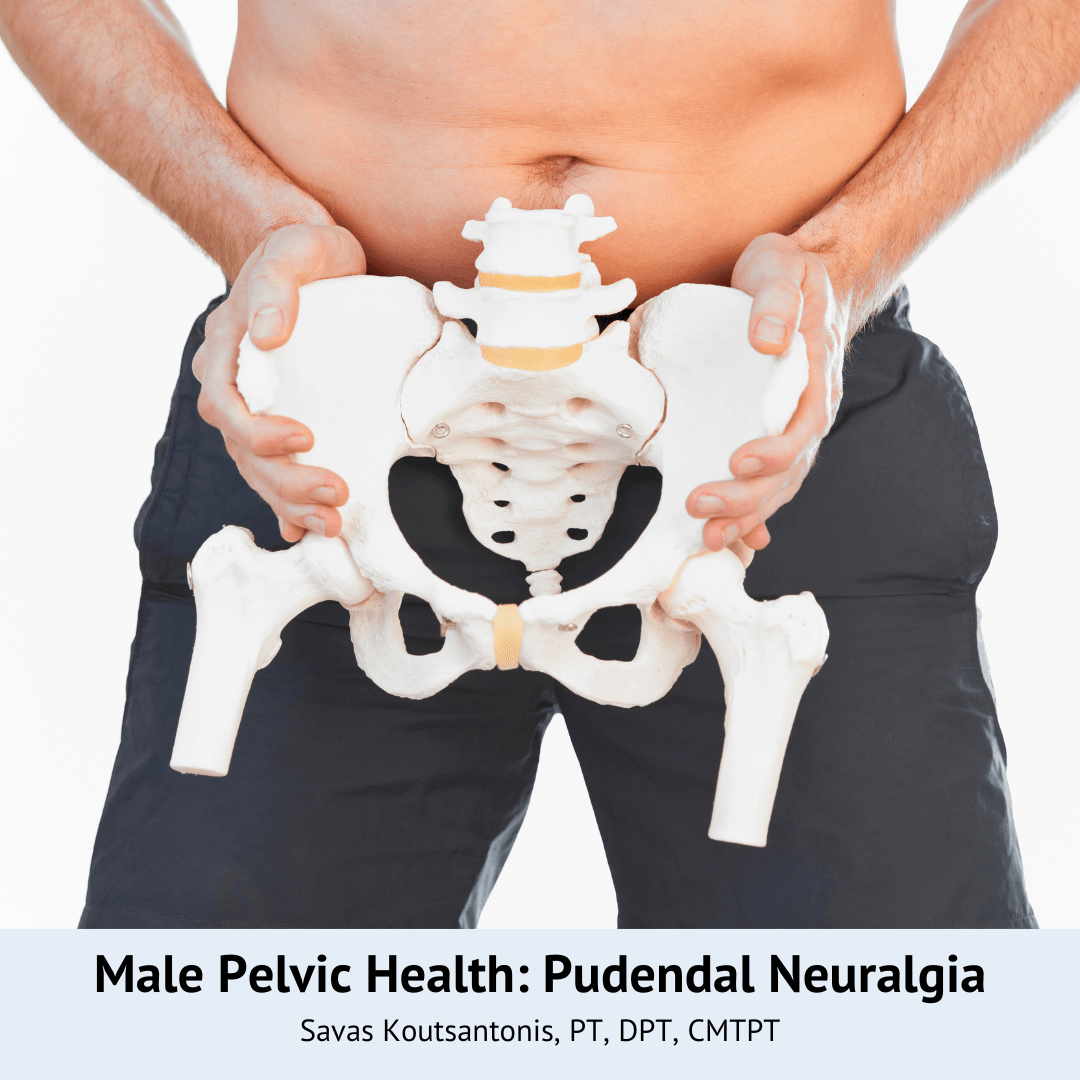Male Pelvic Health: Pudendal Neuralgia
Pudendal Neuralgia Men: Causes, Symptoms, and Treatments Pudendal Neuralgia in Men is a condition that causes severe and persistent pelvic pain due to irritation, compression, or damage to the pudendal nerve. This nerve is a critical structure in the pelvis, responsible for sensory and motor control of the pelvic floor muscles, the external anal sphincter, and parts of the genital area, including the glans penis in men. When the pudendal nerve is compromised, it can lead to chronic pain, sexual [...]



